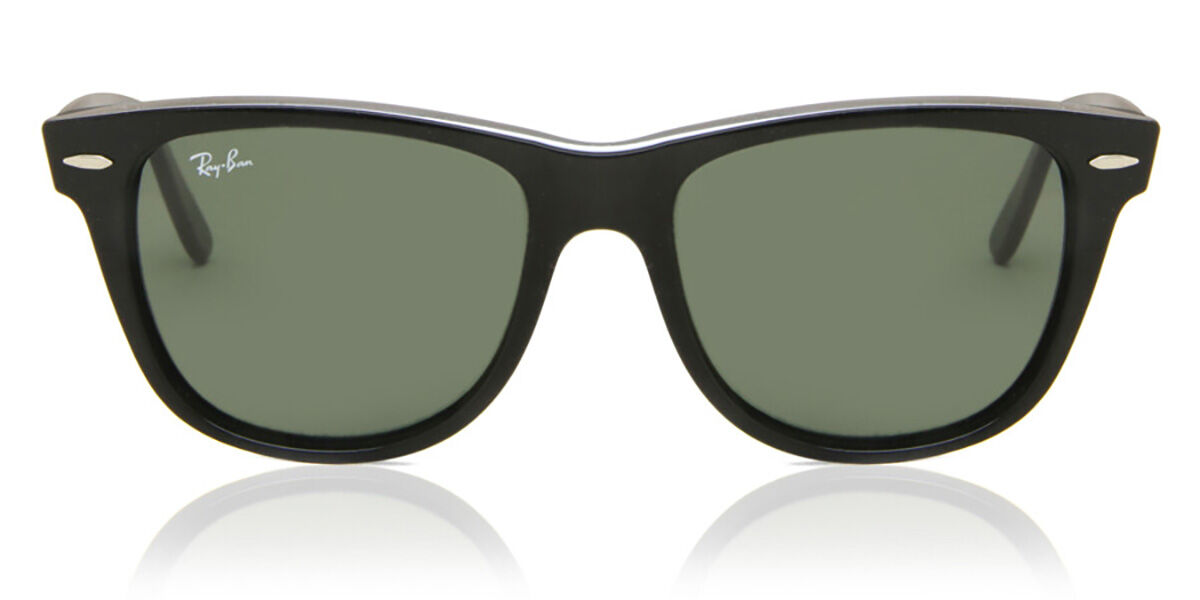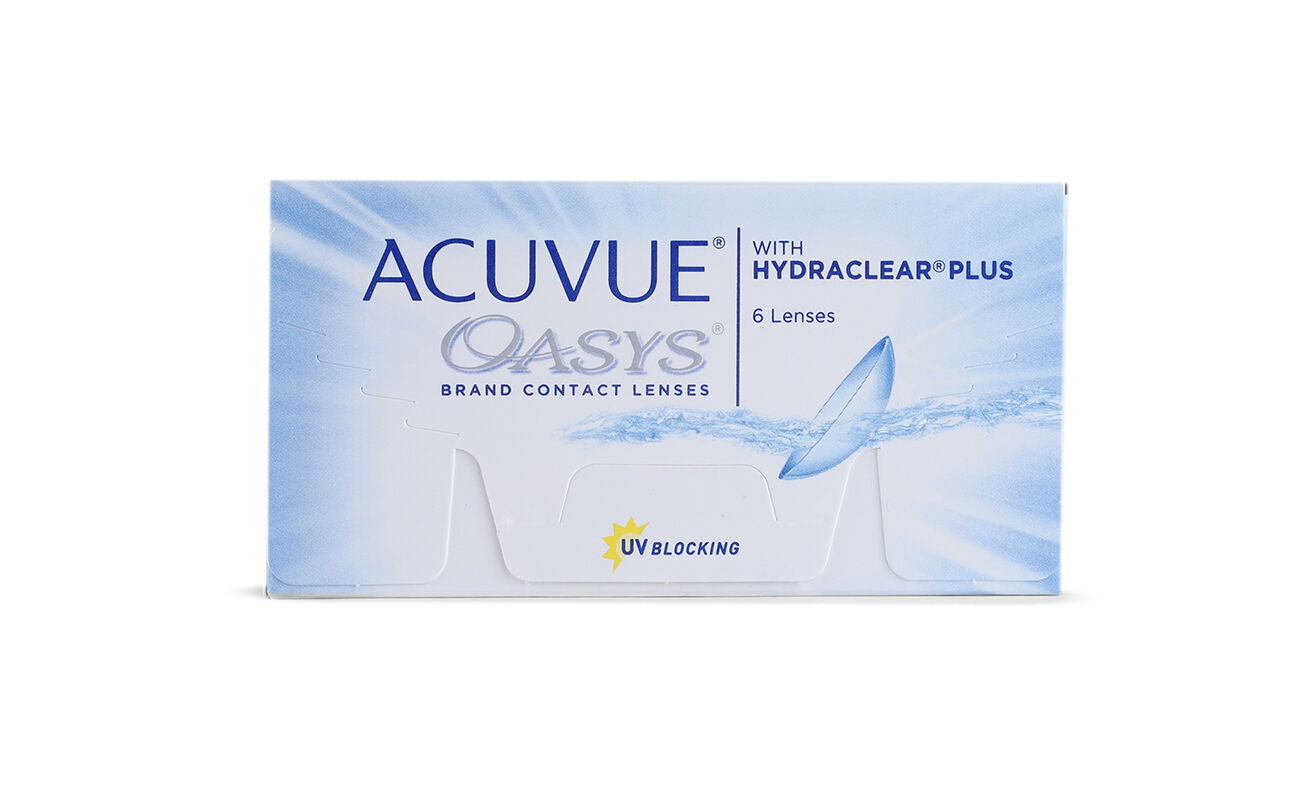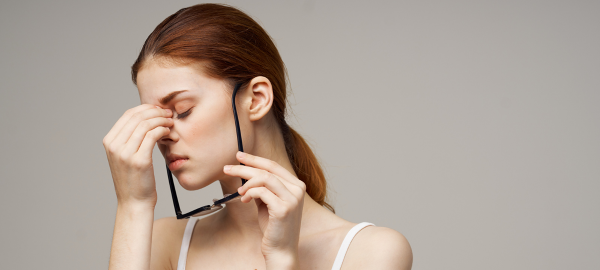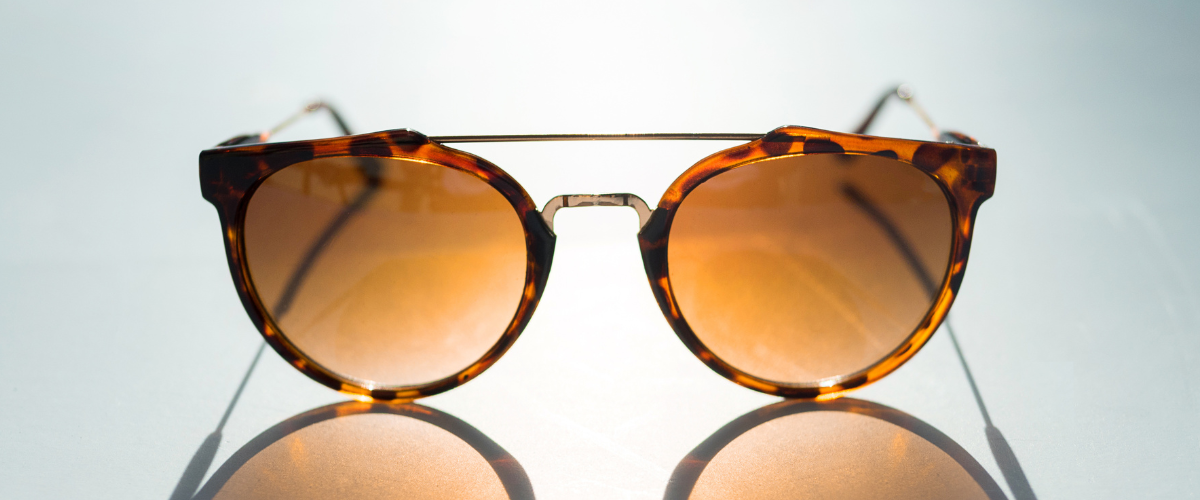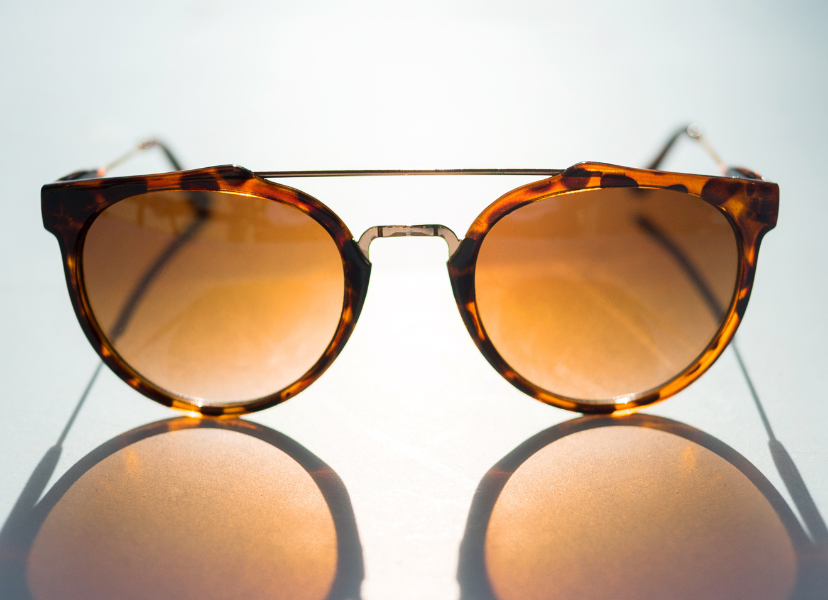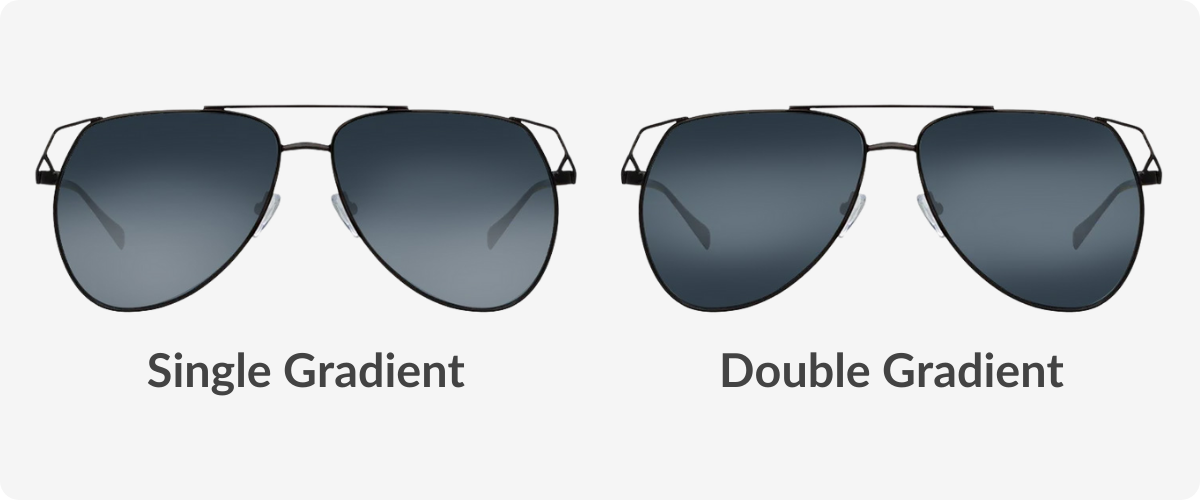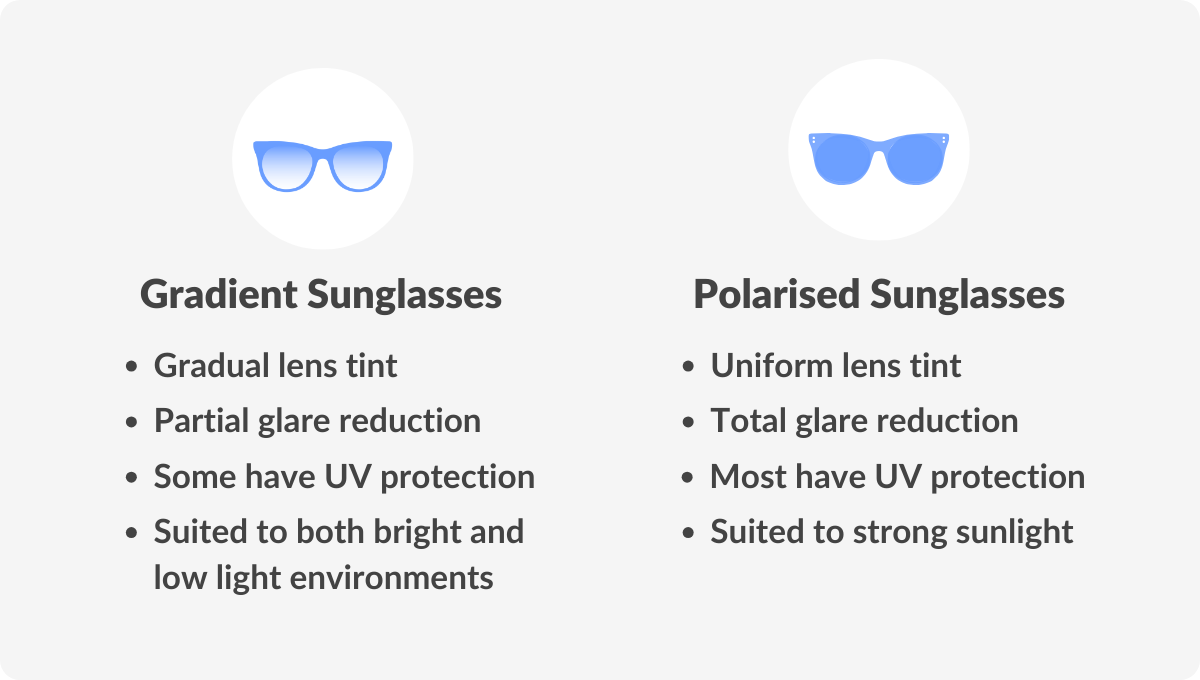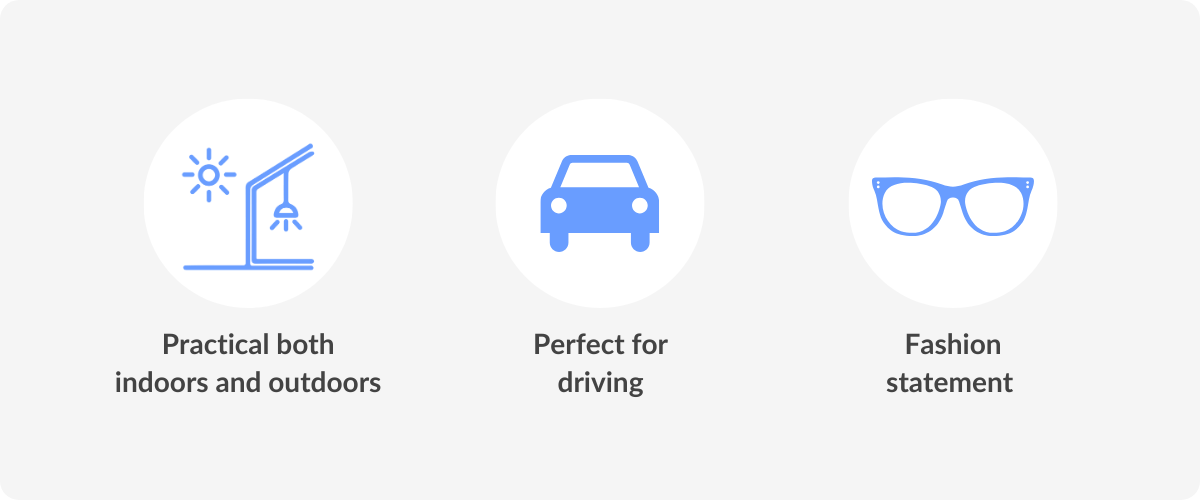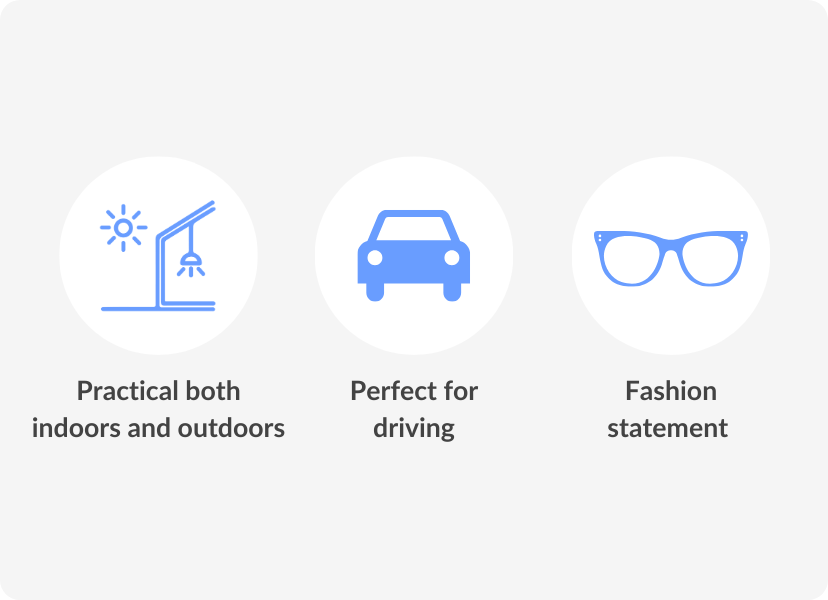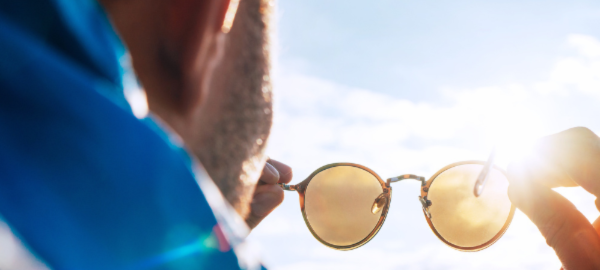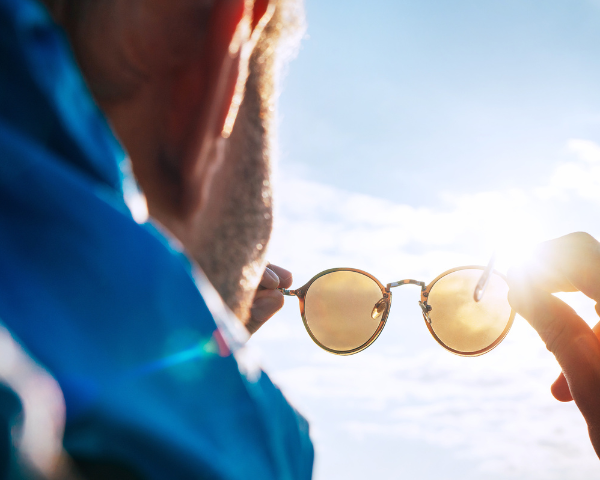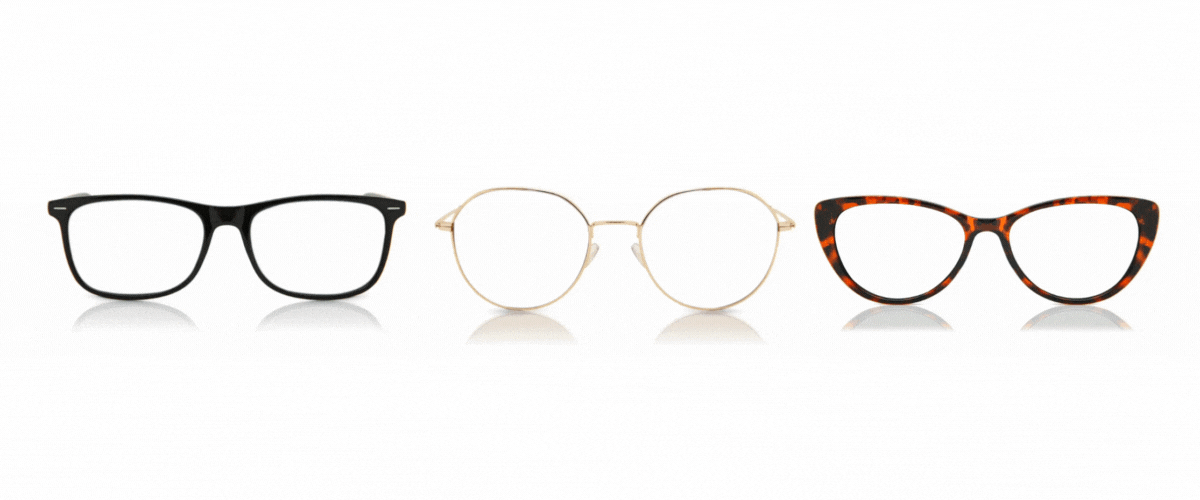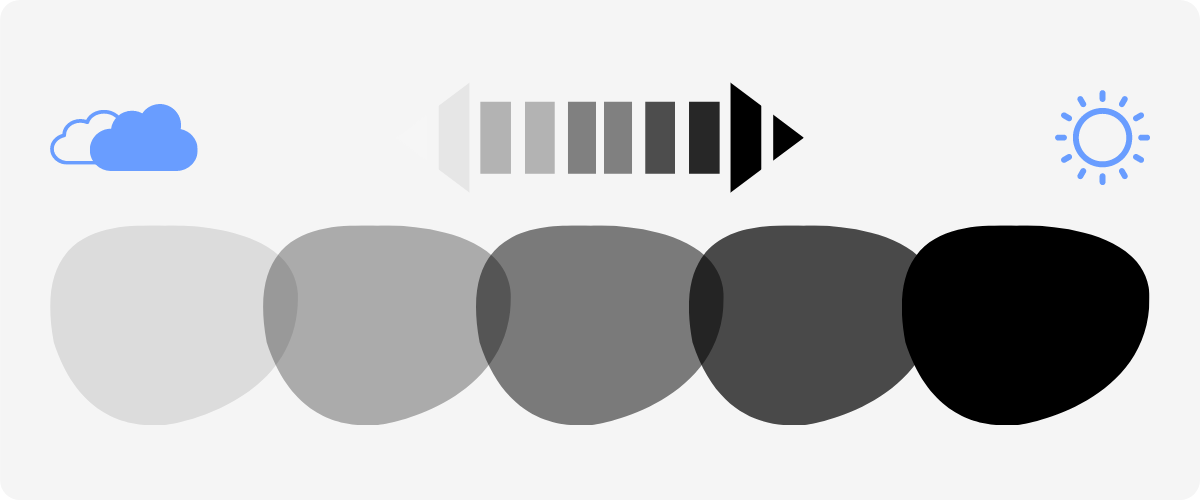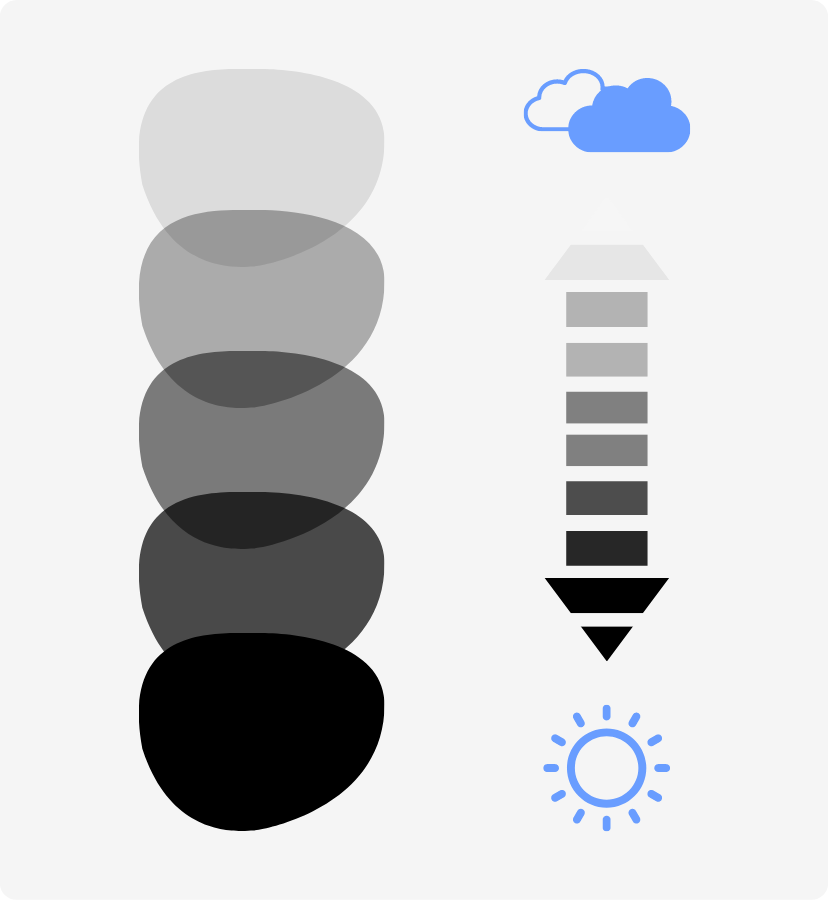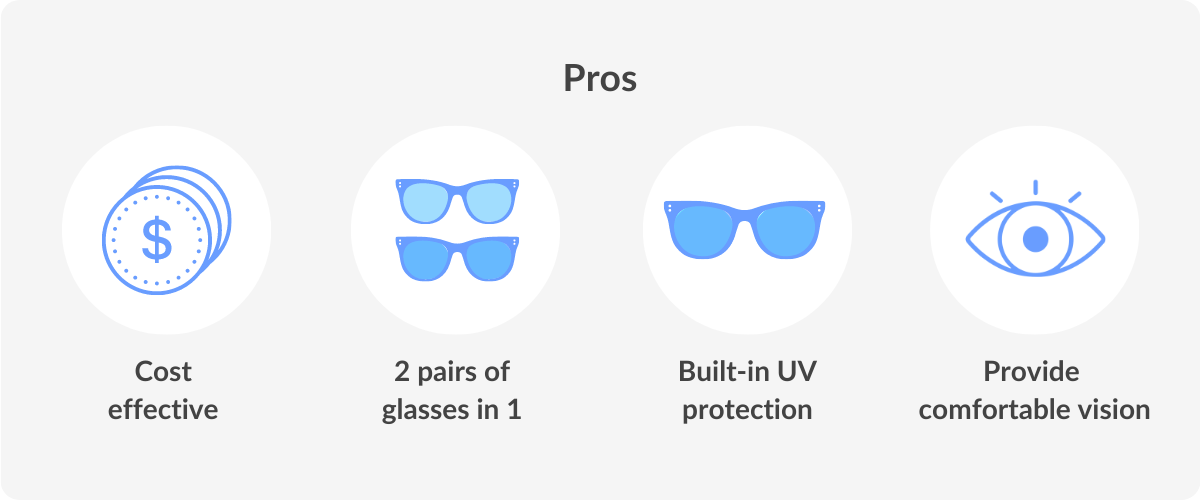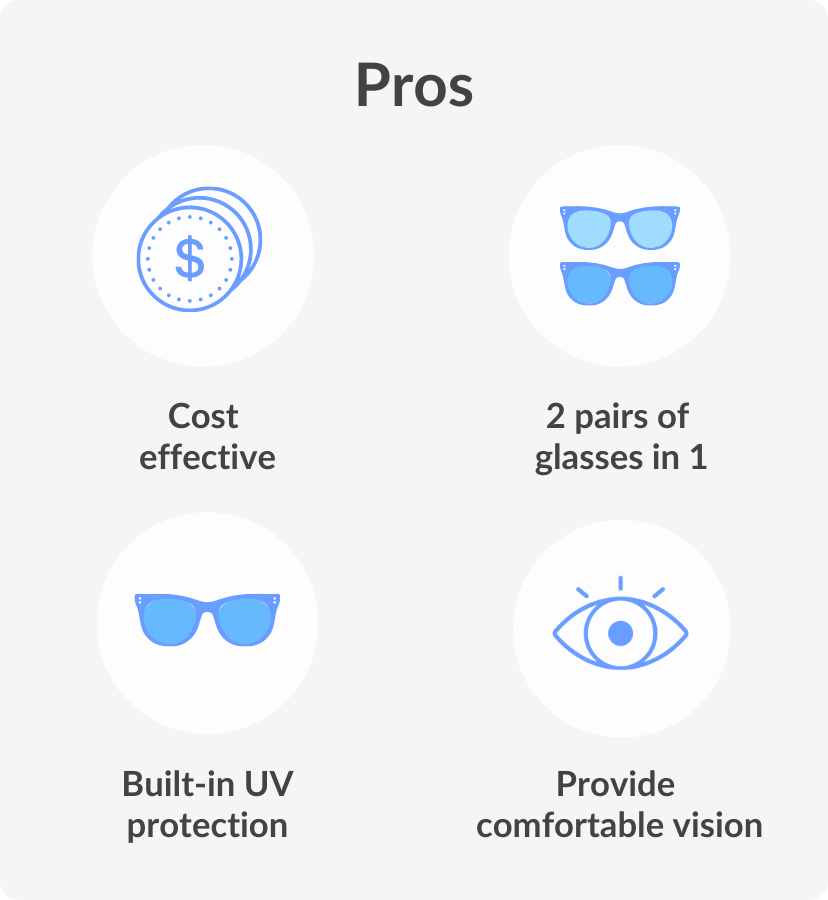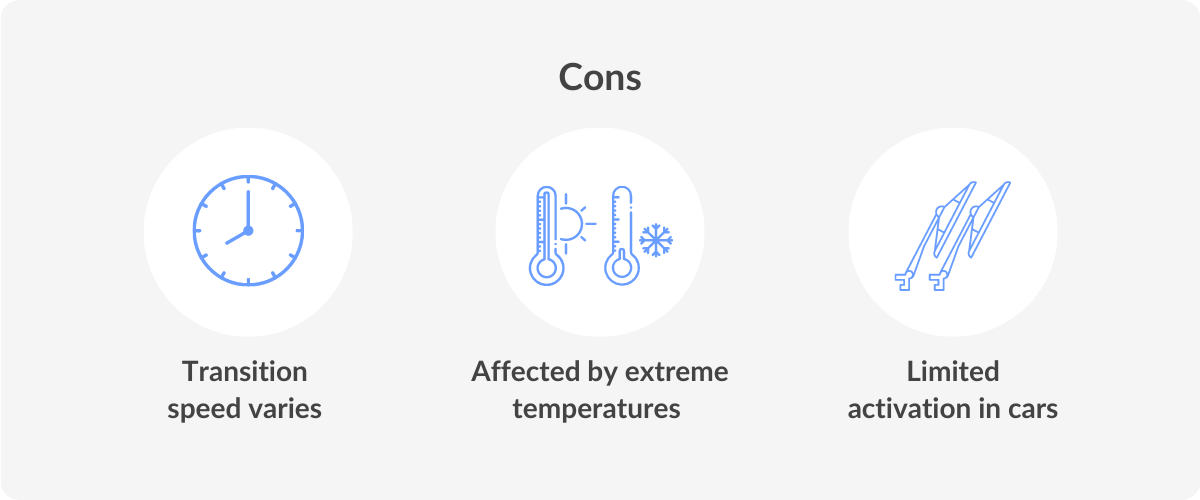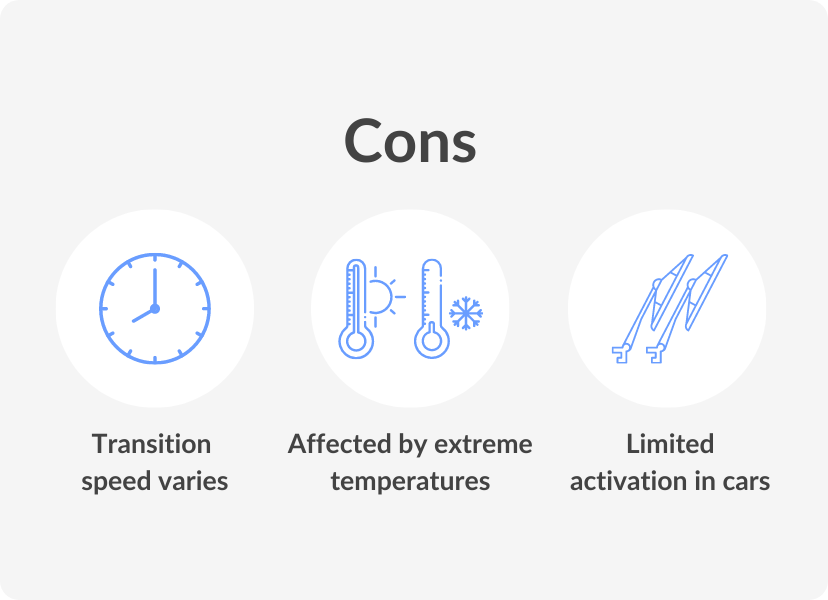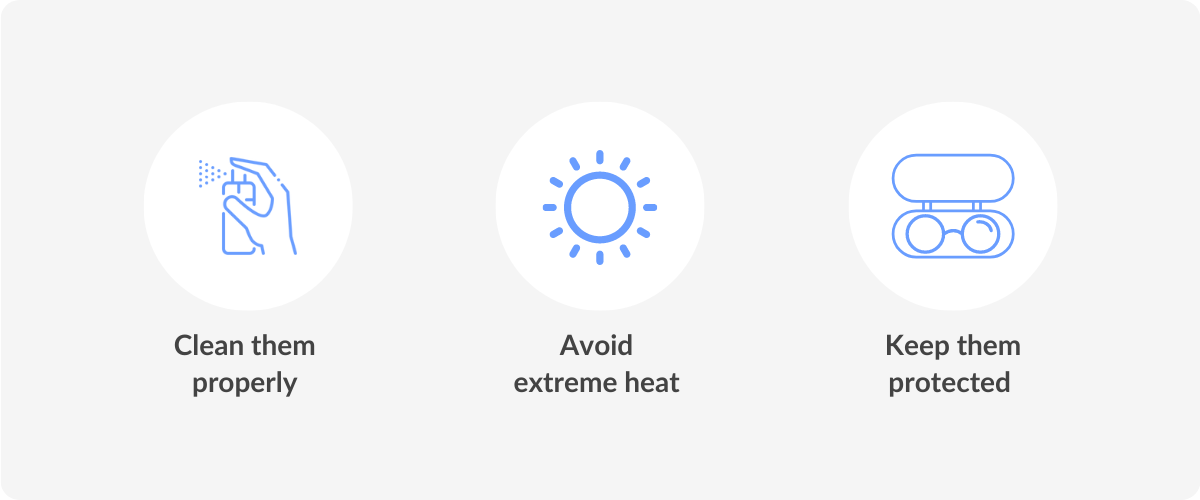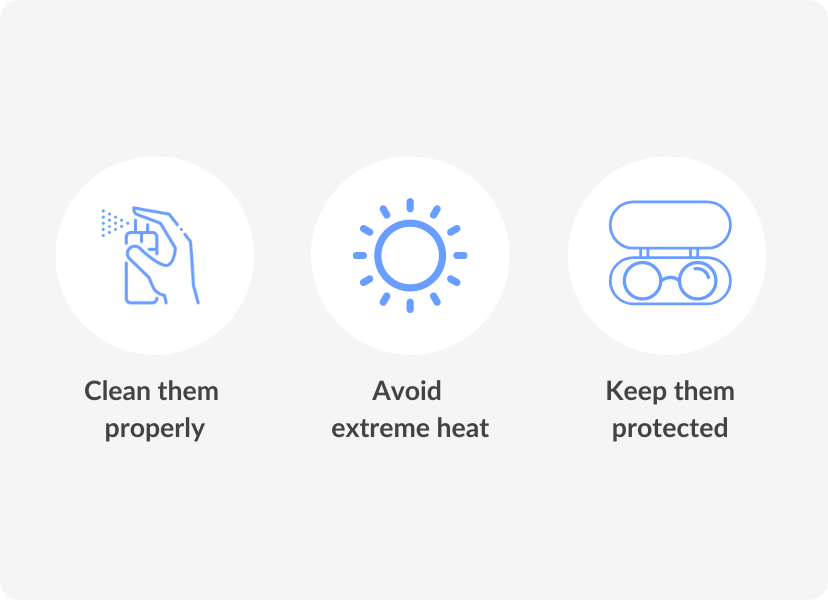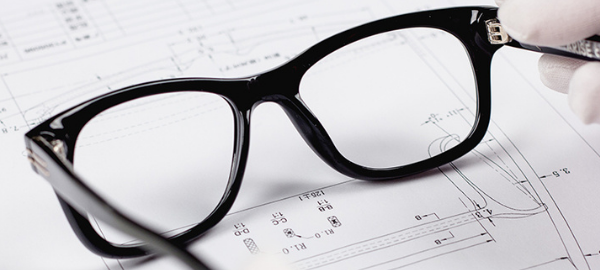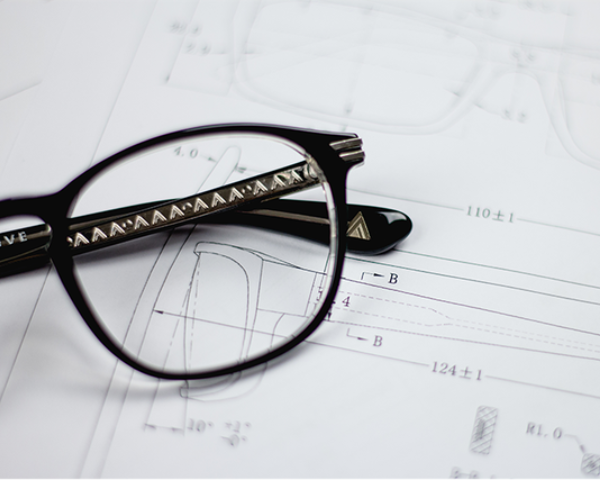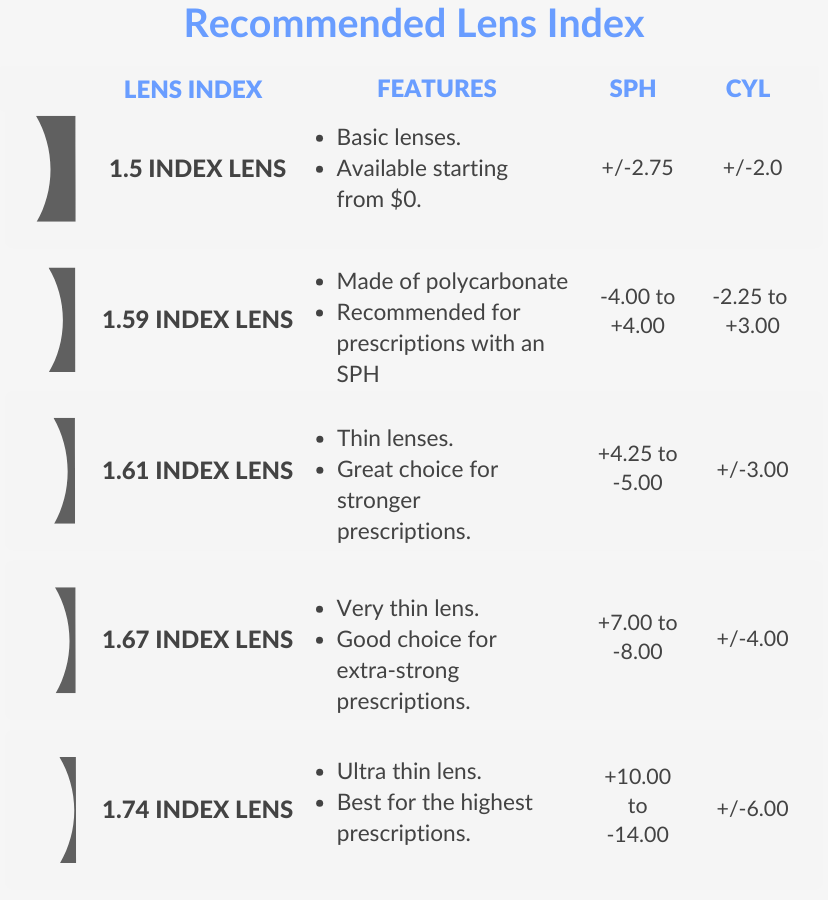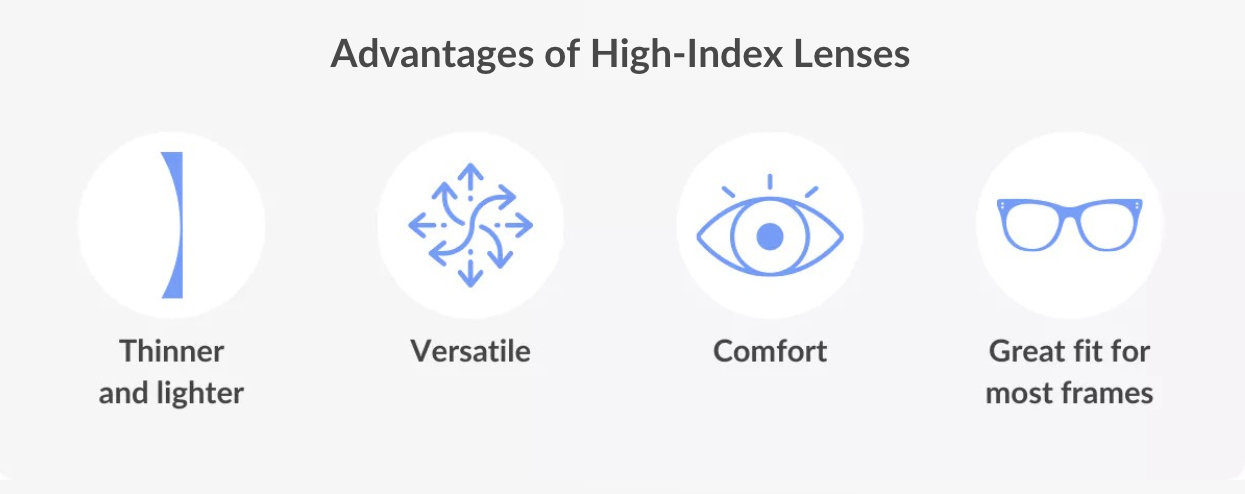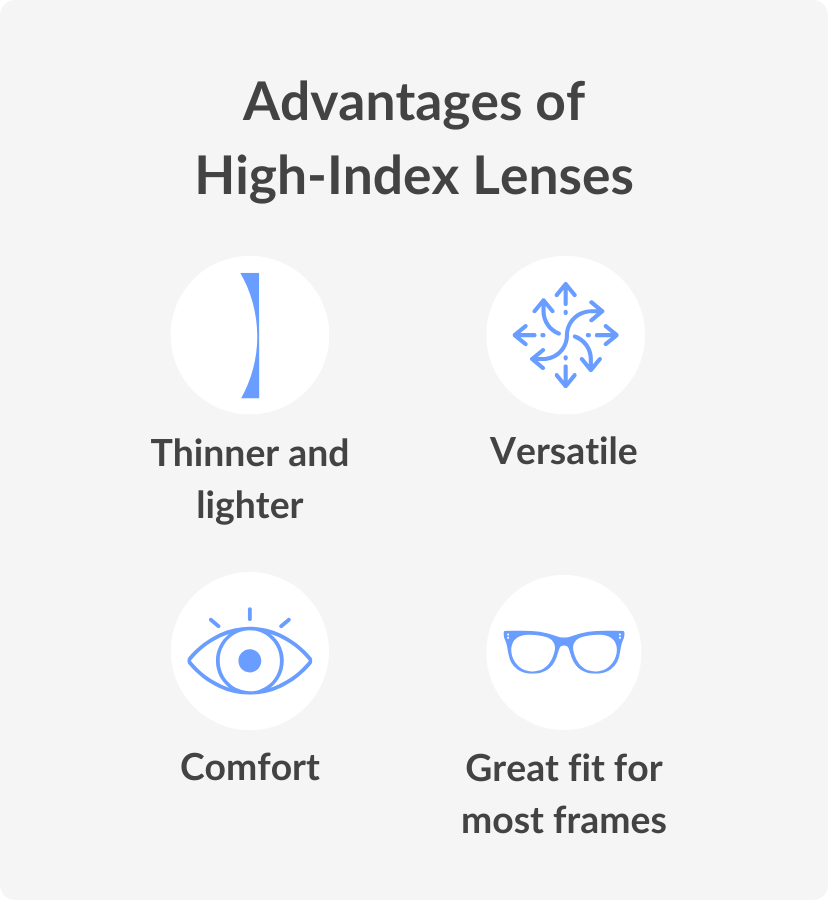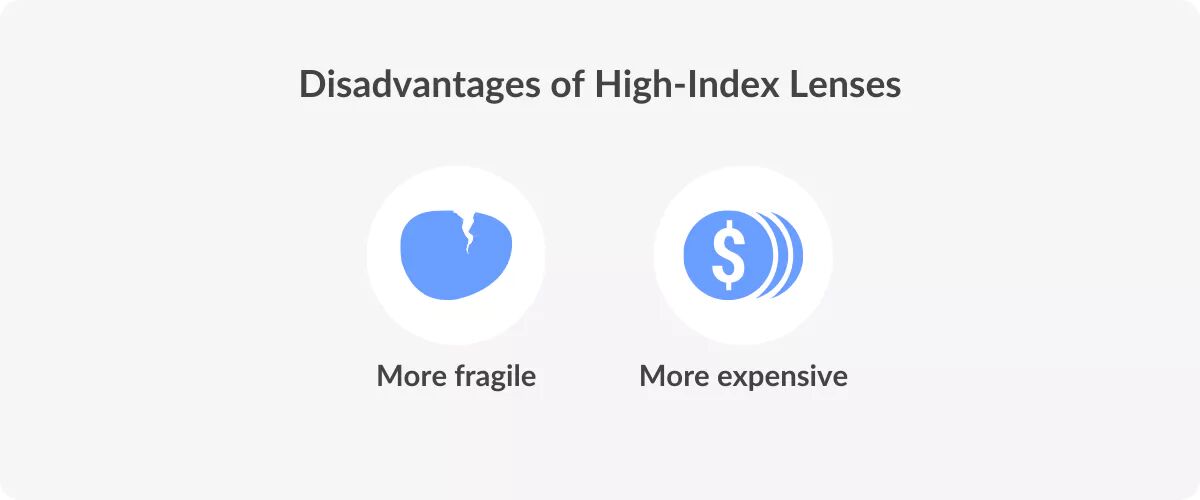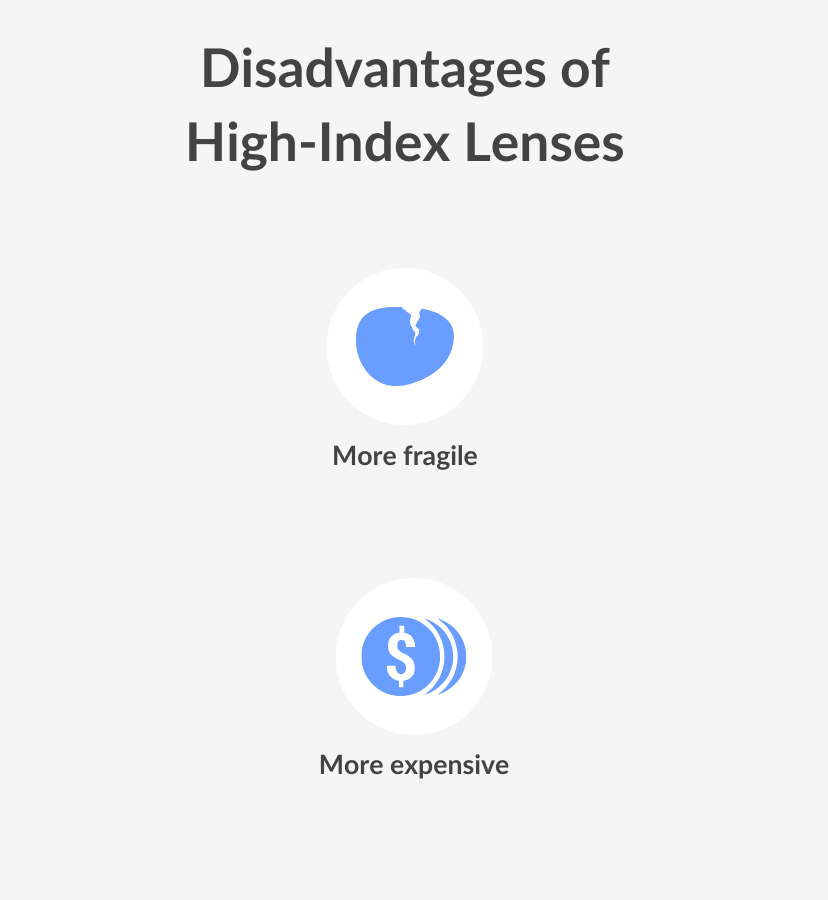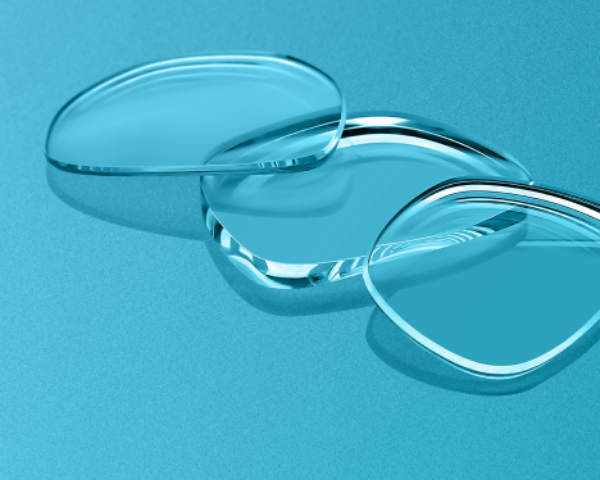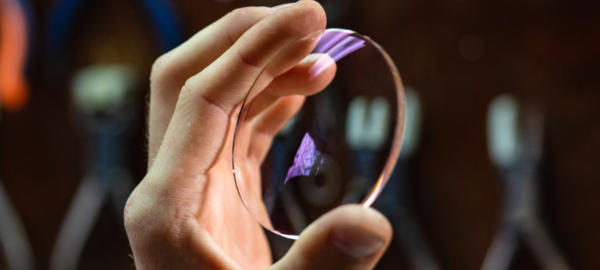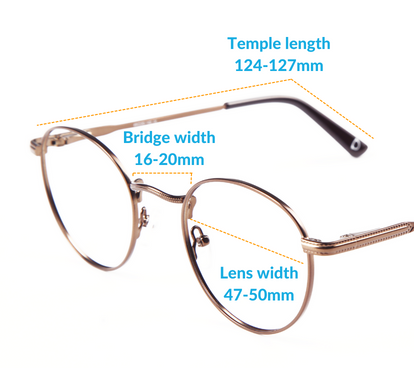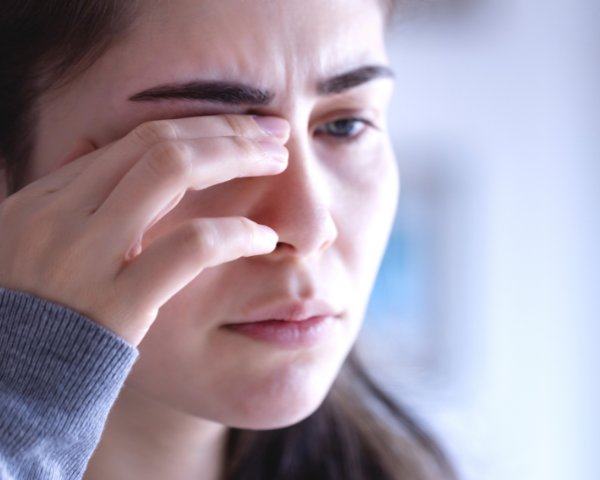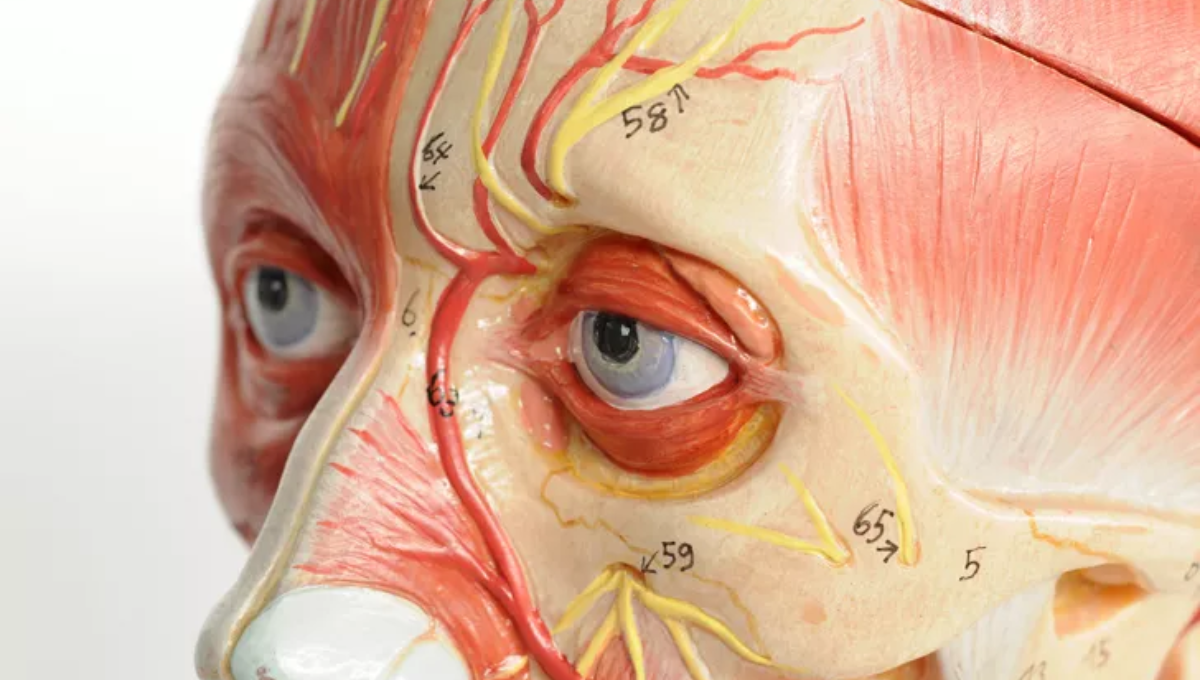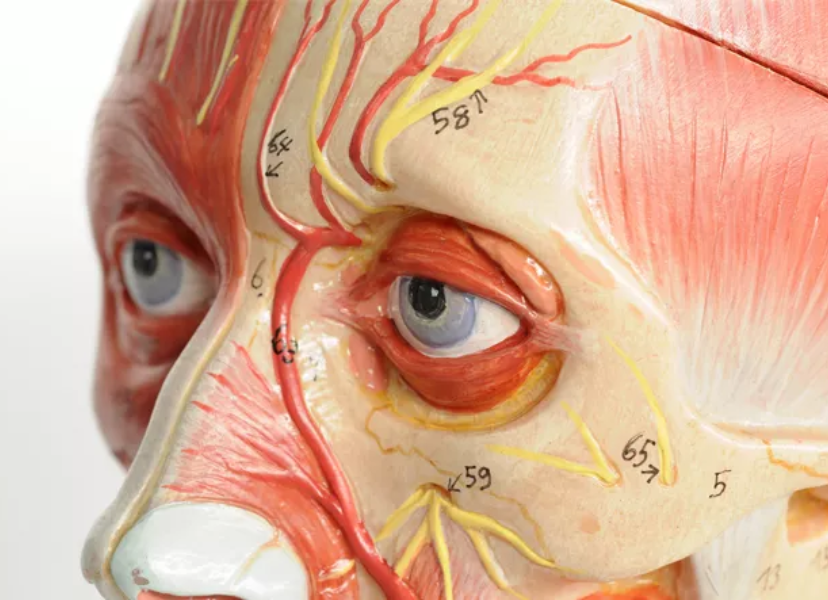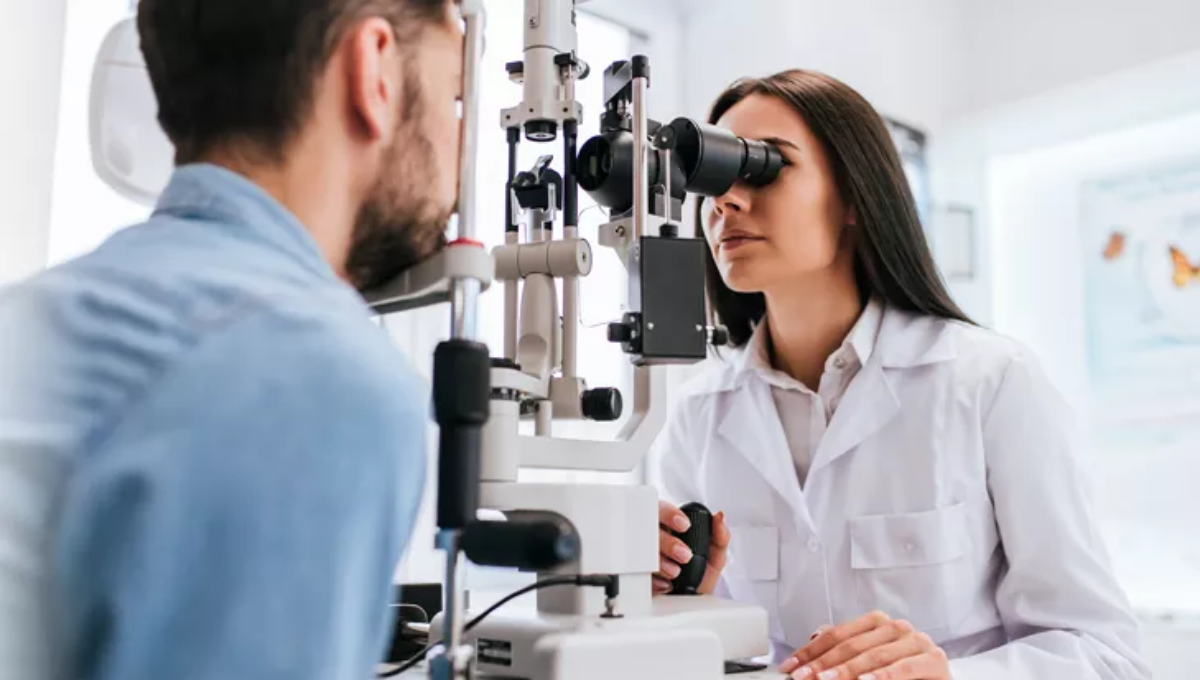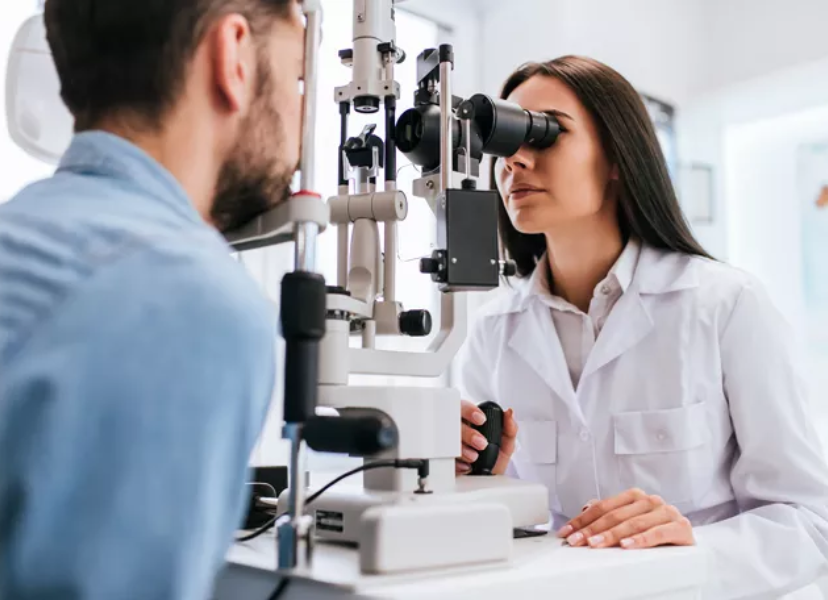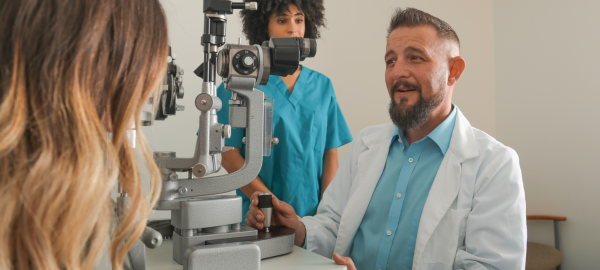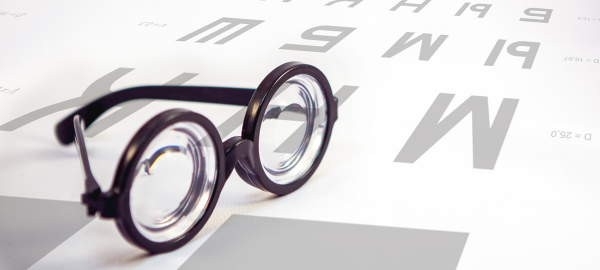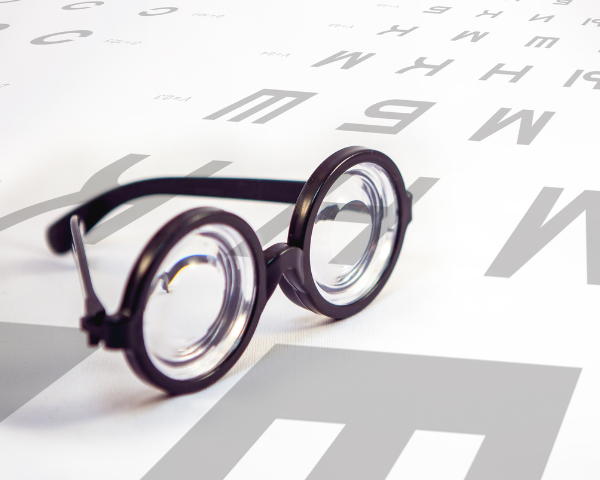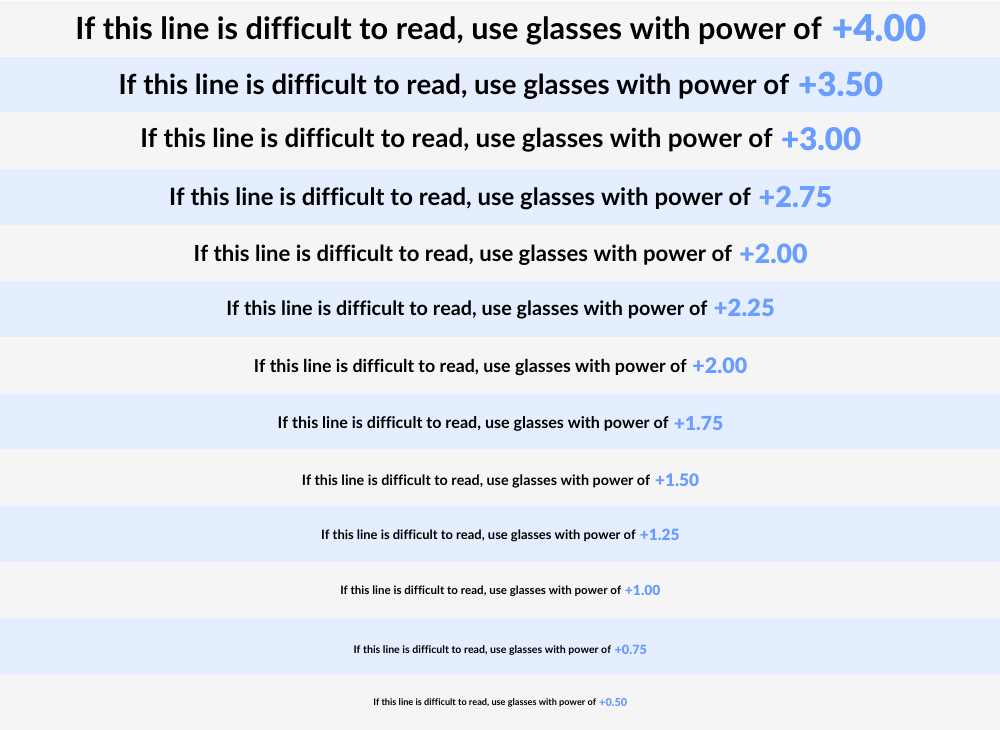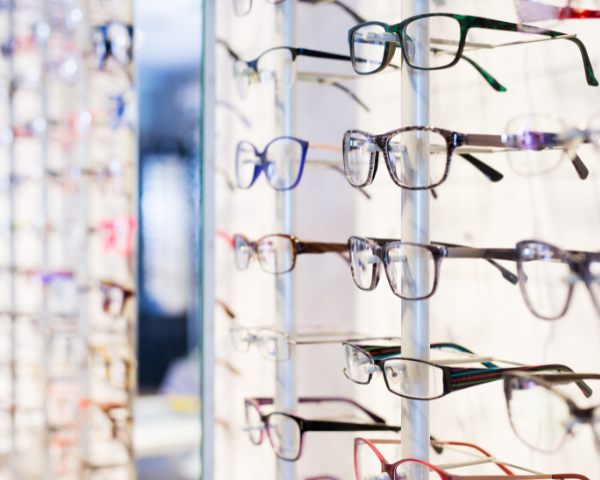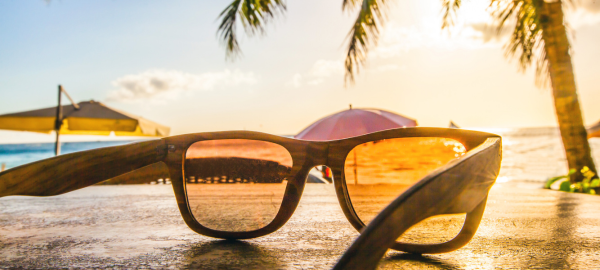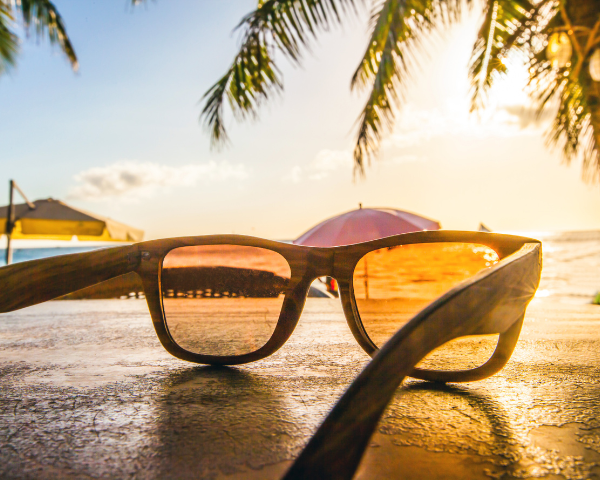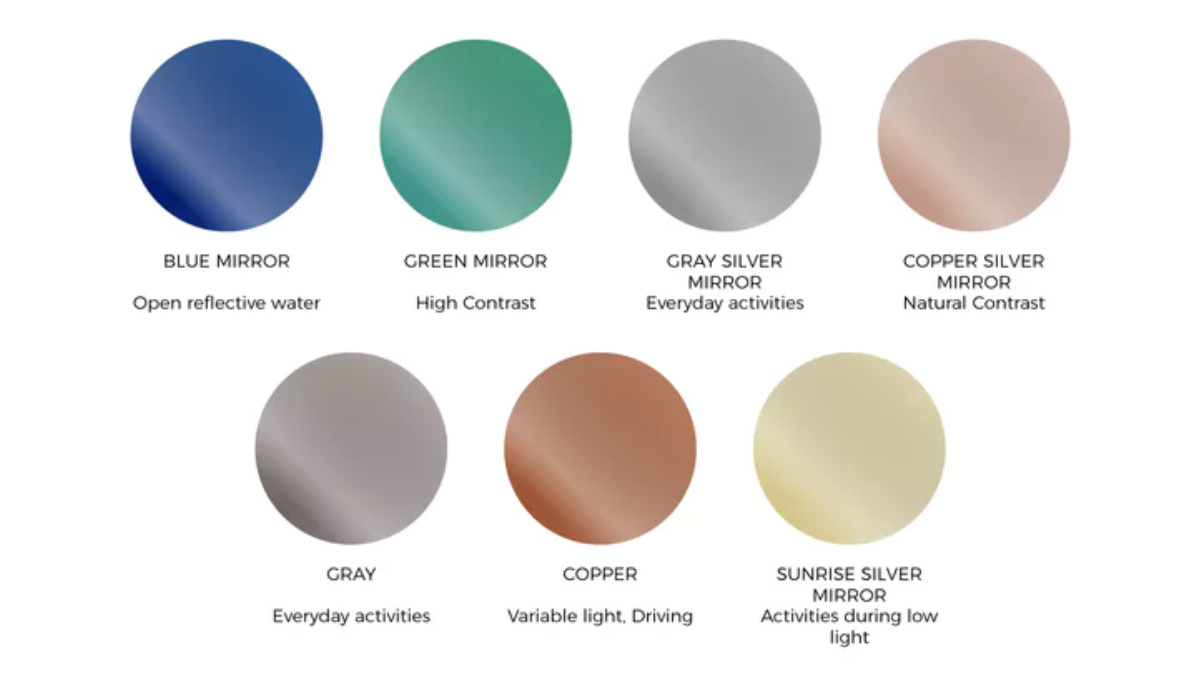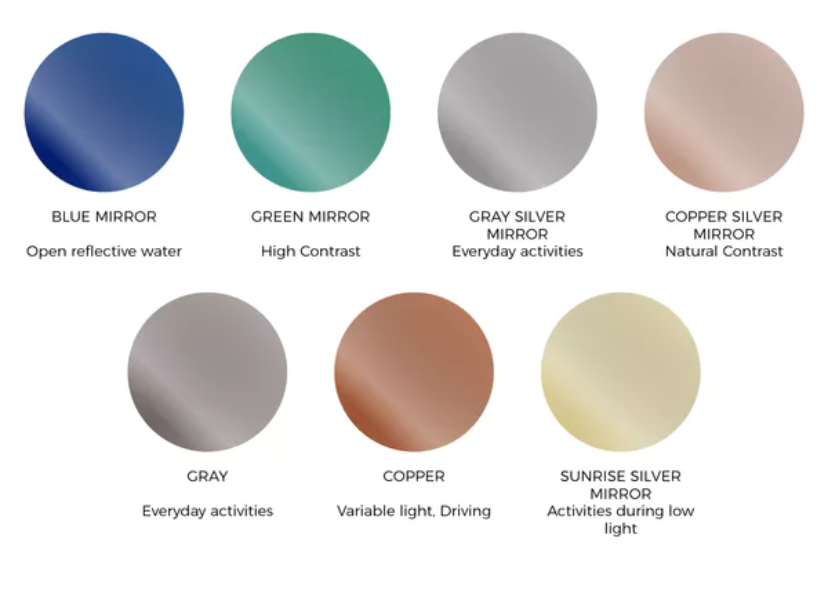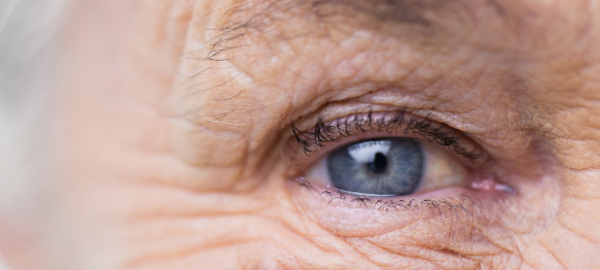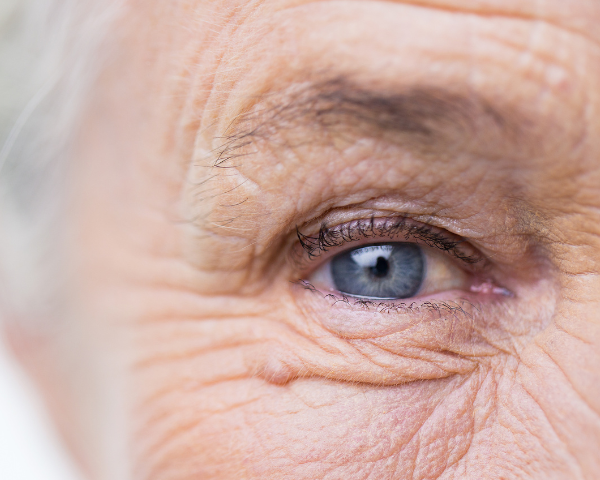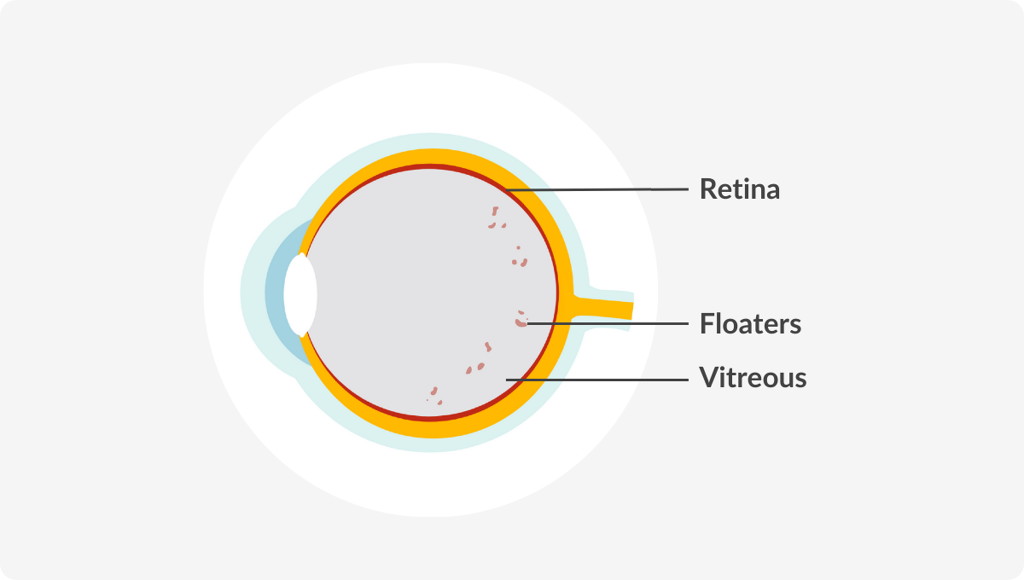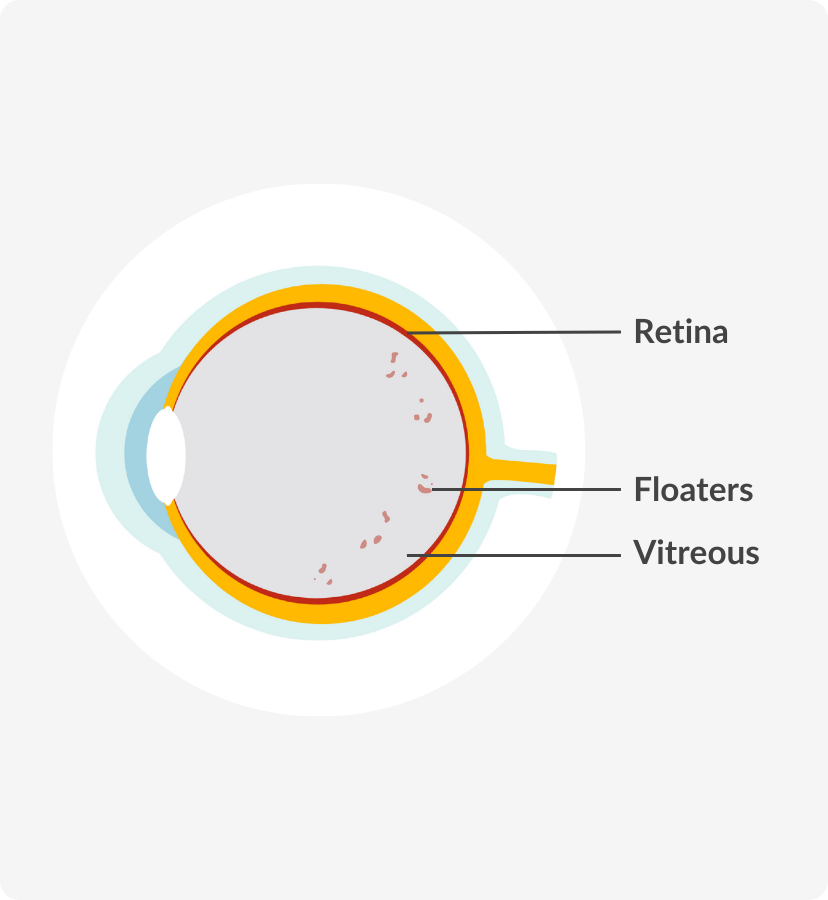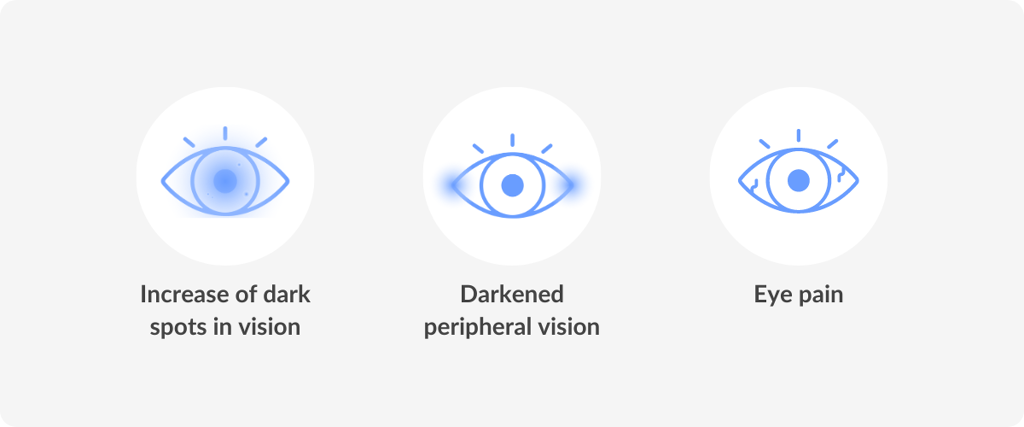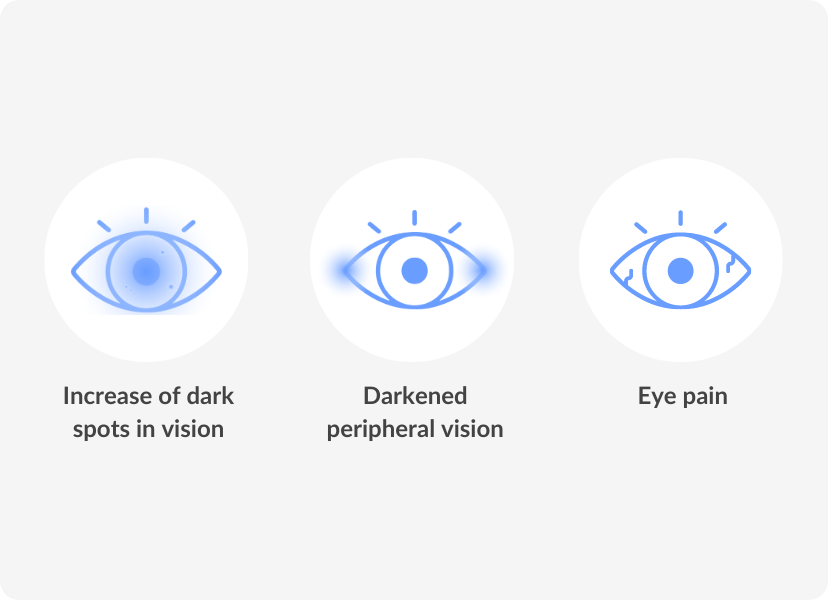The Cause and Fix for Uncomfortable Glasses
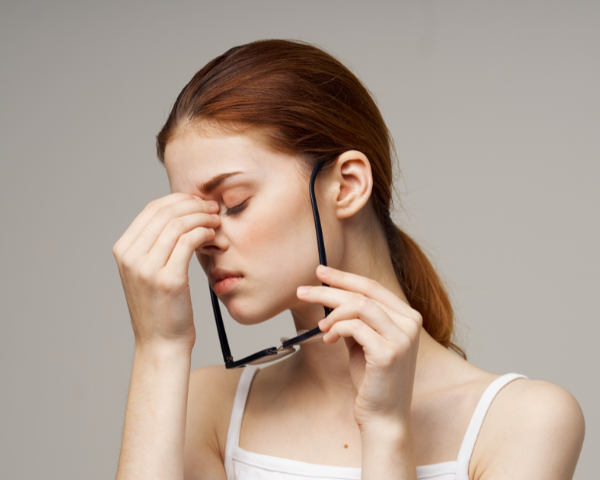
Whether you wear glasses all day or just for a few hours at a time, it’s critical that you feel at ease. Unfortunately, uncomfortable glasses is quite a common problem. Typically, outgrown glasses are the issue, but sometimes new glasses are uncomfortable as well.
If you’re always saying or thinking “my glasses are uncomfortable,” keep reading to learn the causes and solutions to ensure you are pain-free when wearing your prescription glasses.
Why do my glasses hurt my nose?
You may suffer from a painful nose bridge if you wear glasses for lengthy periods of time. The main point of contact between your face and your glasses is the nasal bridge.
As your nose supports and carries the weight of your spectacles, it can sometimes cause your glasses to feel uncomfortable on the nose. As well as a correct fit, looking for prescription glasses with adjustable nose pads can be a good option to reduce this discomfort.
DID YOU KNOW?
If you’ve got a low nose bridge or high cheekbones, Asian fit glasses may be a more comfortable option for you.
How to adjust nose pads on glasses
If your current glasses have nose pads that you feel cause more harm than good, you can get the nose pads adjusted to fit the shape of your nose.
Choosing the right material for nose pads can also help you feel more comfortable when wearing your glasses. Materials such as silicon and finding the correct position will be the key to how to keep glasses from slipping off your face.
Why are my glasses uncomfortable behind my ears?
Along with our noses, our ears are another common area of contact with glasses. Ache behind the ears is most often caused by frames that are excessively tight. If your glasses are too small, they will press on your skin and damage and disrupt your circulation.
This can cause sore skin, redness, and even headaches. The correct fit or a quick adjustment can easily solve this issue.
High-index lenses vs. regular lenses
Good-fitting glasses should sit snugly on the bridge of your nose without pinching or feeling too tight on your head. Even when you’re moving around, the frames shouldn’t press into your face. It’s possible that the sizing is incorrect if your glasses pinch or move about.
When buying prescription glasses or sunglasses, it is critical to get the glasses sizing correct. Use our size guide to ensure a proper fit and reduce the risk of soreness on the bridge of your nose or behind your ears.
Sometimes all that is required to alleviate discomfort is a simple adjustment. When it comes to adjusting glasses, SmartBuyGlasses understands that you might not have the time to take the frames to a professional.
Fortunately, with the appropriate guidelines, you can adjust your glasses like an expert from the comfort of your own home. For assistance, see our instructions on how to adjust plastic glasses.
The last factor to consider is the material of your frames. Heavy frames, in addition to a poor fit, might cause discomfort. As a solution, you can experiment with glasses made from lightweight materials such as carbon fibre or titanium glasses.
Now with the correct knowledge of how to avoid uncomfortable glasses, you can shop with ease online at SmartBuyGlasses and know you’ll be comfortable no matter what.
Related articles

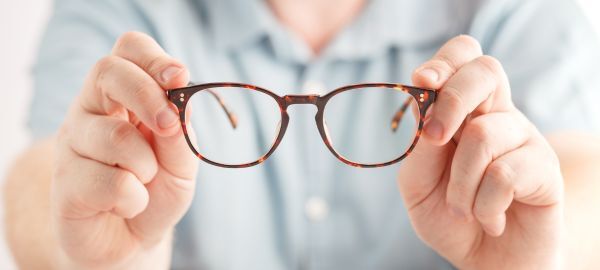
Related articles







































